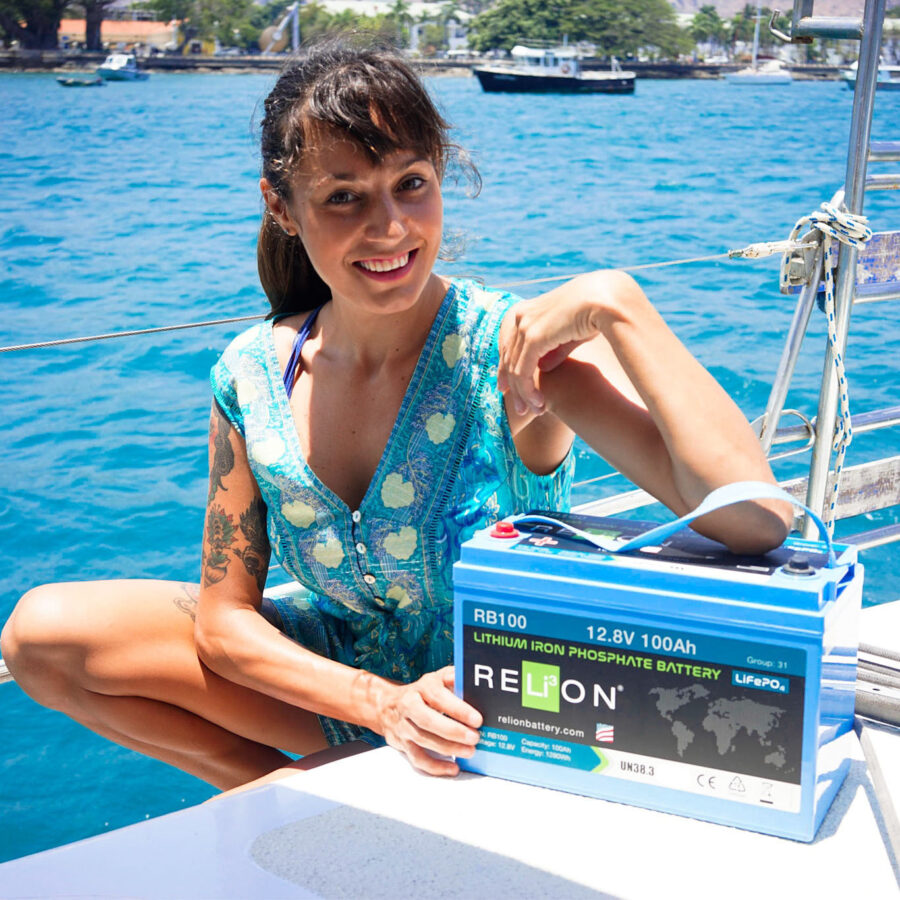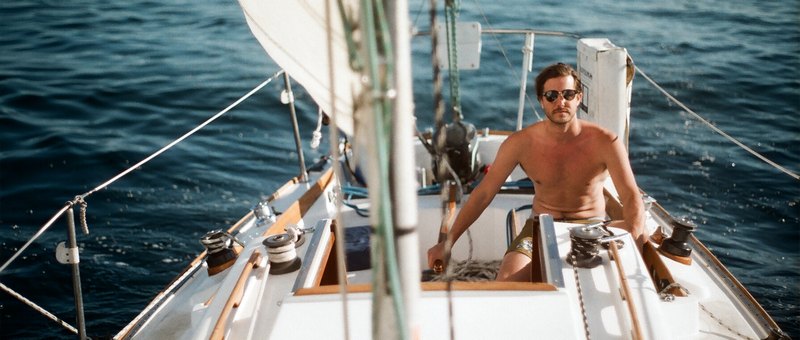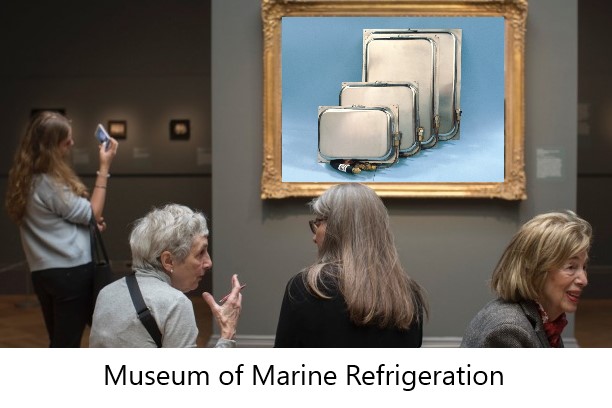Phone: (301) 352-5738
Email: info@CoastalClimateControl.com
Office | Warehouse:
1598 Whitehall Road, Suite D
Annapolis, Maryland 21409
Reading and understanding refrigerant gauges made easy
It dawned on me the other day that, although those clever chaps at MarinAire took the enlightened step of installing refrigerant pressure gauges on their larger air conditioning units, the lay person would have no idea what he or she were looking at. I’m sure that these gauges will prove to be a wonderful resource during remote troubleshooting sessions with trained air conditioning technicians, but I’m thinking that a few words on their function, plus a hint as to what could be considered “normal” readings, wouldn’t go amiss.
We’re getting a lot of inquiries lately asking for the starting current figure for the compressors in the various air conditioners Coastal Climate Control offers. Why is that? We guess it is because increasing numbers of boaters and installers want to run air conditioners from small, often portable, generators, or from inverters, and they are trying to match the compressor load to the generator/inverter output. Let’s first take a look at what this starting current is all about. If you’re not interested in the technical mumbo-jumbo skip to Part 2.
A couple of years ago I reported on the Ft. Lauderdale Piss-Off for powerboats. There the objective appeared to be to make the most ridiculous air conditioning cooling water discharge, in particular being at the greatest height and with the furthest trajectory, while producing the greatest audible nuisance along the way. The desired effect was seemingly to fill up the neighbor’s dinghy or piss on to the dock and drench a boat shoe or two. Last week at the Annapolis Sailboat Show it was the blow-boats turn, where some interesting and innovative solutions were to be found.
My first dabble with installing air conditioning on boats was in the mid ‘80’s. I was new to the game and was an eager gofer helping to install a system on a 44’ sailboat. When I mentioned this to my buddies at the bar, they were amazed to hear that you could actually install air conditioning on a sailboat, especially on one that small! Nowadays it’s expected that even 25 footers have air conditioning as a standard item.
Those days were before rotary compressors replaced the noisy, heavy, and power-hungry reciprocating versions, and when one unscrupulous manufacturer would chisel the metal data plate off the compressor in order to fudge the specs to boost their claim that they had bigger units than their competitors. Yes, really!
We occasionally get asked whether it is possible to run a reverse-cycle marine air conditioner (heat-pump) when the water surrounding the boat is at freezing temperatures. The answer to that is “yes, it is indeed possible”, but is it a sensible, safe, and reliable way to heat a boat in those conditions?
Most of these inquiries come from live-aboards up north, although we may well be hearing from some in Florida and other southern states in the days to come once this arctic blast hits down there also. We hear that many marinas are now stipulating that plug-in heaters are prohibited, citing insurance issues, including even the ceramic and oil-filled radiator types, which seems a little overly precautious to my mind.
For a really cozy cabin you could install a diesel-fired forced air or circulating water system, but these are expensive and complex installations that require strict adherence to the manufacturer’s instructions in order to prevent potential ventilation, exhaust, and noise issues. Then, they sit idle for half the year.
So, your vessel is sitting in freezing/frozen water and you want to use your reverse-cycle air conditioner to heat the boat. You won’t get that much heat out of it, but once it’s up and running and you have a warmish cabin, you should get around 30F higher air temperature at the air outlet than at the inlet. Just don’t stop it once it has started, as it will take forever for the system to start producing any useable heat again. A cold compressor will suck up all the heat being produced by the system for the first 15 to 30 minutes until that heavy hunk of metal has had a chance to heat up.
My first dabble with installing air conditioning on boats was in the mid ‘80’s. I was new to the game and was an eager gofer helping to install a system on a 44’ sailboat. When I mentioned this to my buddies at the bar, they were amazed to hear that you could actually install air conditioning on a sailboat, especially on one that small!Fast forward a decade or three and we now have owners of much smaller boats not just wanting, but expecting to have air conditioning on their vessels. Owners of 25’ sailboats want to be able to sleep in comfort, and even those with 18’ walk-around powerboats with outboards are asking how they can get a blast of cold air on their faces as they zoom around having fun. Well, it can be done and it is being done, but there is some debate about how best to power the thing.We offer the Climma 4,200 Btu air conditioner for just those applications, as well as for individual small cabins on larger boats. This a 110v mains-powered unit, so when the vessel is plugged in to shore power or a small generator it can run, but it can also be powered through a small inverter from a DC source such as a battery bank or an engine alternator.






